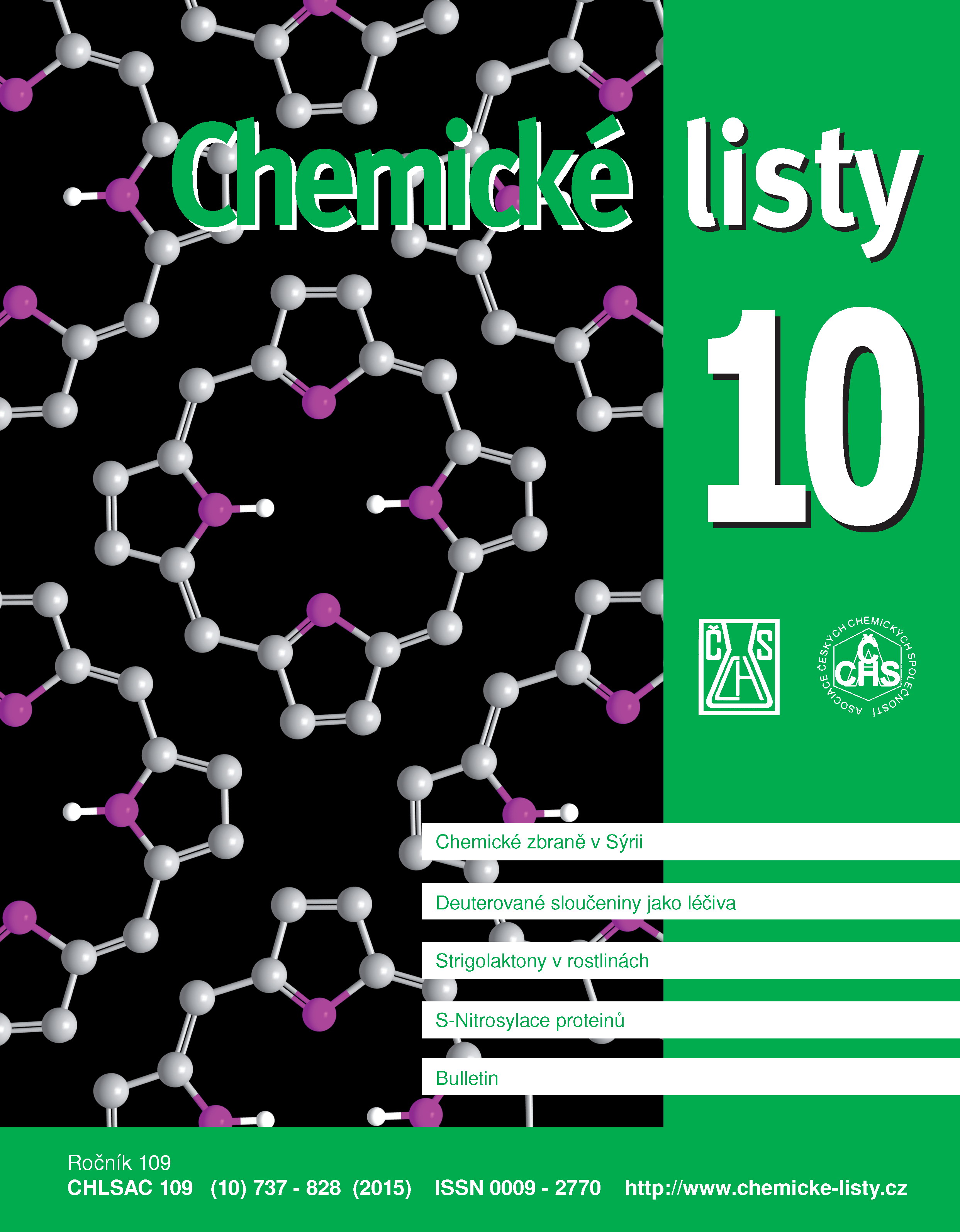The Antimicrobial Substances of Royal Jelly
Keywords:
royal jelly, antimicrobial peptides, defensin1, jelleins, fatty acids, 10 hydroxy 2-decenoic acid, antimicrobial effects, American foulbroodAbstract
Royal jelly (RJ) is an important product of bees. It is a unique source of bioactive compounds, among others of the substances with antimicrobial properties. Five antimicrobial compounds with protein and lipid structures occur in RJ: peptides defensin 1, jelleins and protein apalbumin 2a as well as various derivatives of saturated and unsaturated fatty acids with 8–12 C atoms. 10-Hydroxy-2-decenoic acid, one of the main components of RJ, shows various biological activities. Antimicrobial substances of RJ are active against the tested strains of Gram-positive and Gram-negative bacteria. Their antimicrobial activity is mediated by mechanisms leading to the increased permeability of the cytoplasmic membrane or consists in the inhibition of intracellular processes. Several RJ antimicrobial compounds deserve further research due to their potential applications in medical, veterinary and apidological practice.





